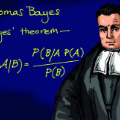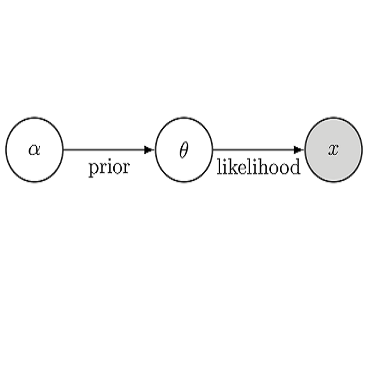In this work we study systems consisting of a group of moving particles. In such systems, often some important parameters are unknown and have to be estimated from observed data. Such parameter estimation problems can often be solved via a Bayesian inference framework. However in many practical problems, only data at the aggregate level is available and as a result the likelihood function is not available, which poses challenge for Bayesian methods. In particular, we consider the situation where the distributions of the particles are observed. We propose a Wasserstein distance based sequential Monte Carlo sampler to solve the problem: the Wasserstein distance is used to measure the similarity between the observed and the simulated particle distributions and the sequential Monte Carlo samplers is used to deal with the sequentially available observations. Two real-world examples are provided to demonstrate the performance of the proposed method.
翻译:在本文中,我们研究由一组移动粒子组成的系统。在这样的系统中,往往会有一些重要的参数是未知的,需要从观察数据中进行估计。这样的参数估计问题通常可以通过贝叶斯推断框架来解决。然而,在许多实际问题中,只能获得聚合水平的数据,因此似然函数是不可用的,这对贝叶斯方法构成了挑战。特别地,我们考虑粒子分布受到观察的情况,提出了一种基于Wasserstein距离的顺序蒙特卡罗取样器来解决该问题:Wasserstein距离用于度量观察到的粒子分布与模拟粒子分布之间的相似性,并使用顺序蒙特卡罗取样器来处理顺序可用的观测值。提供了两个实际例子来展示所提出的方法的性能。



